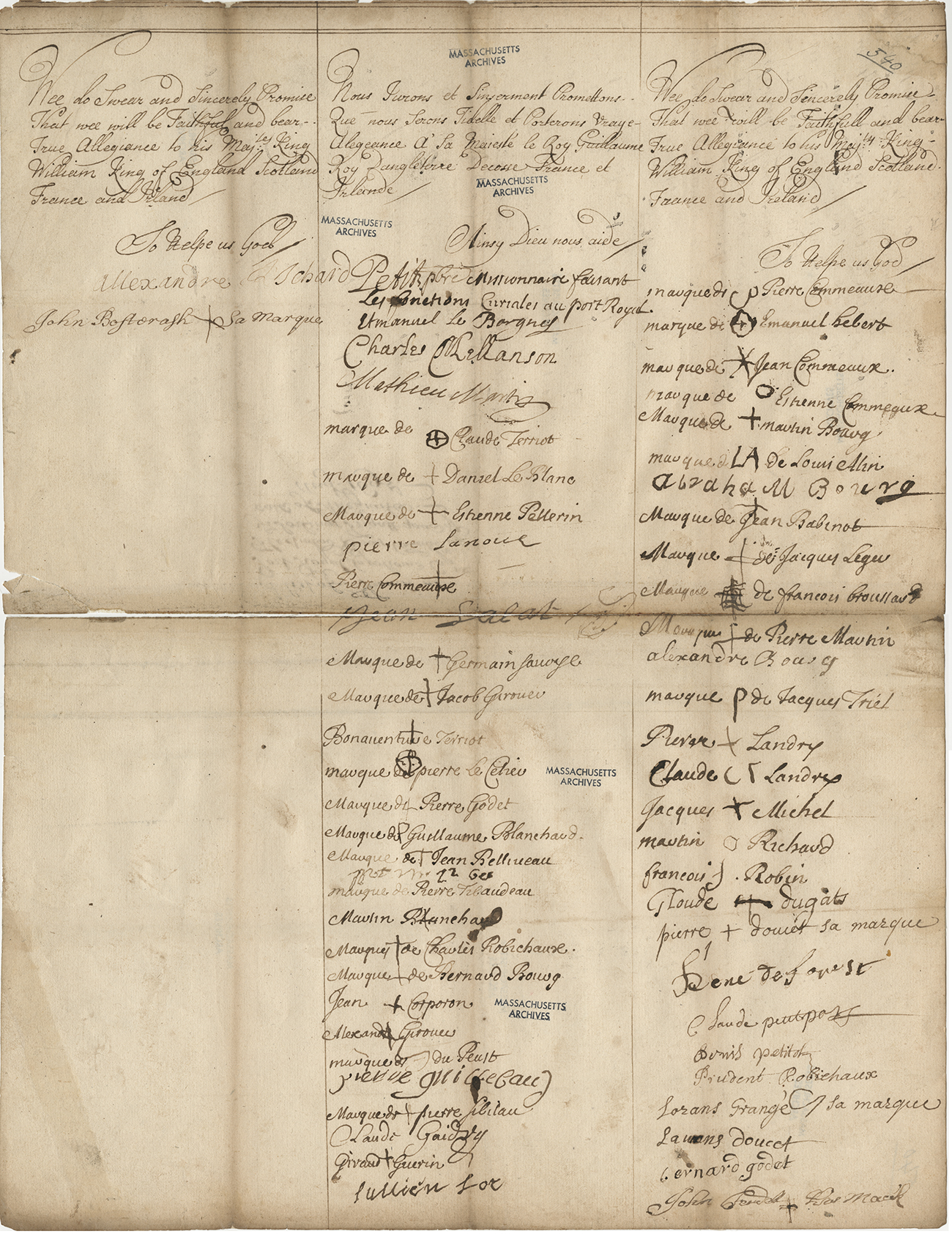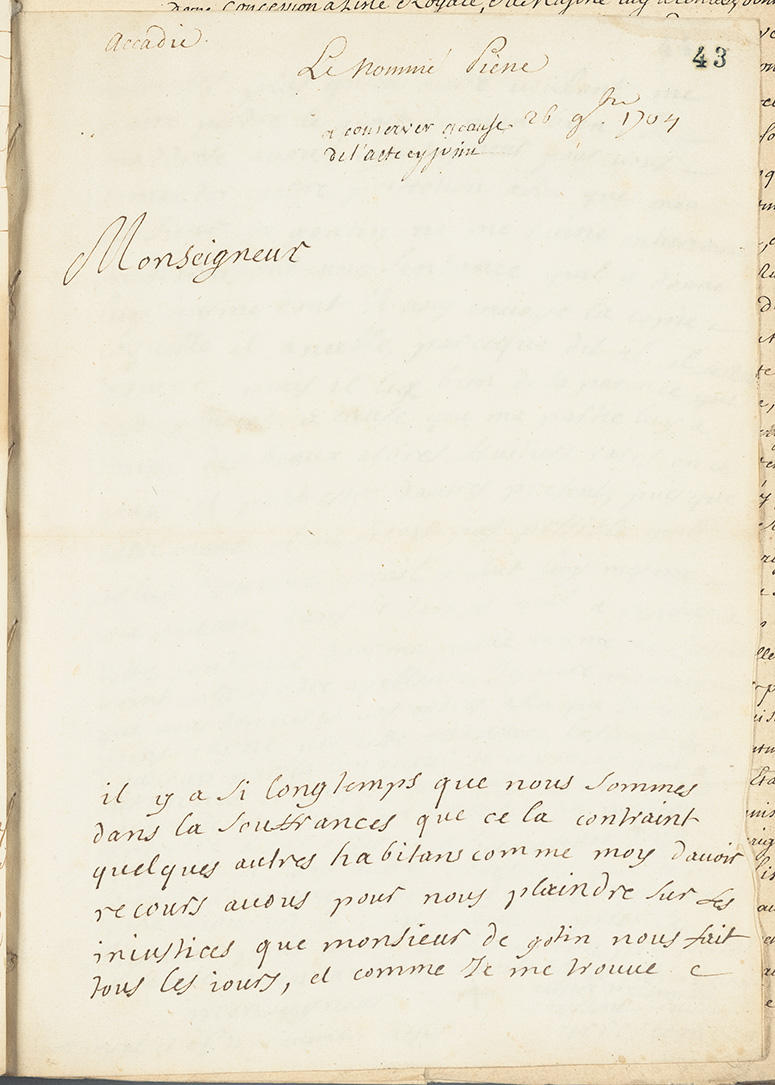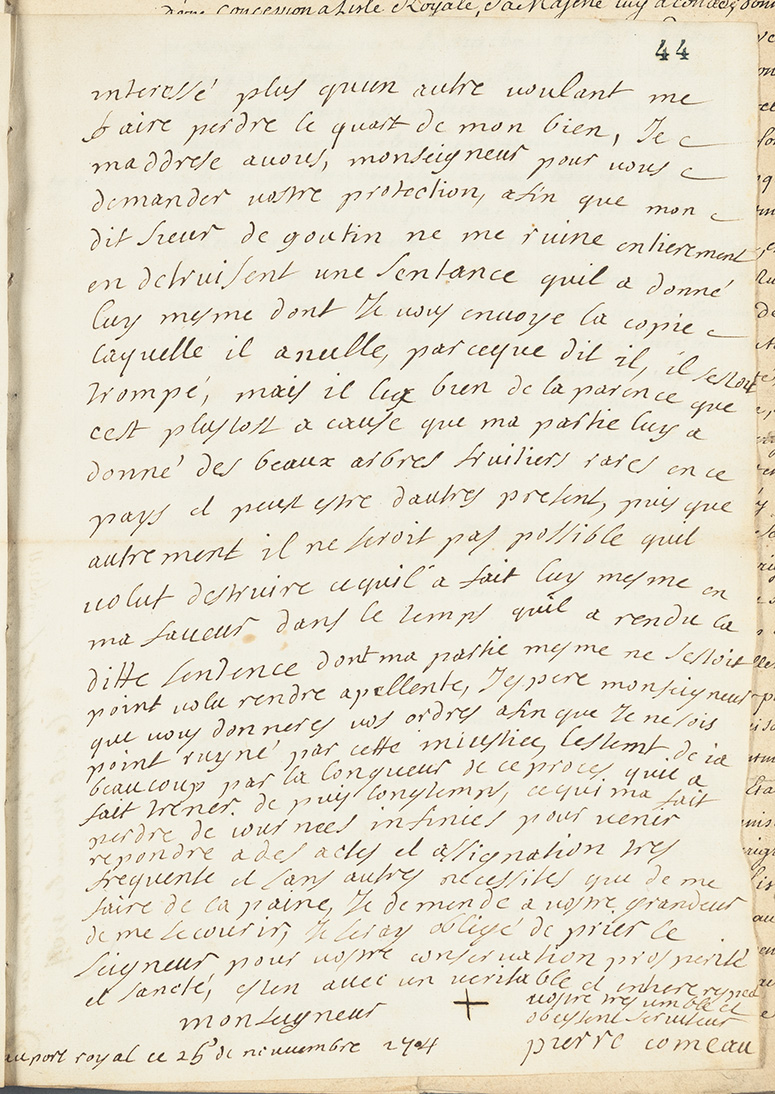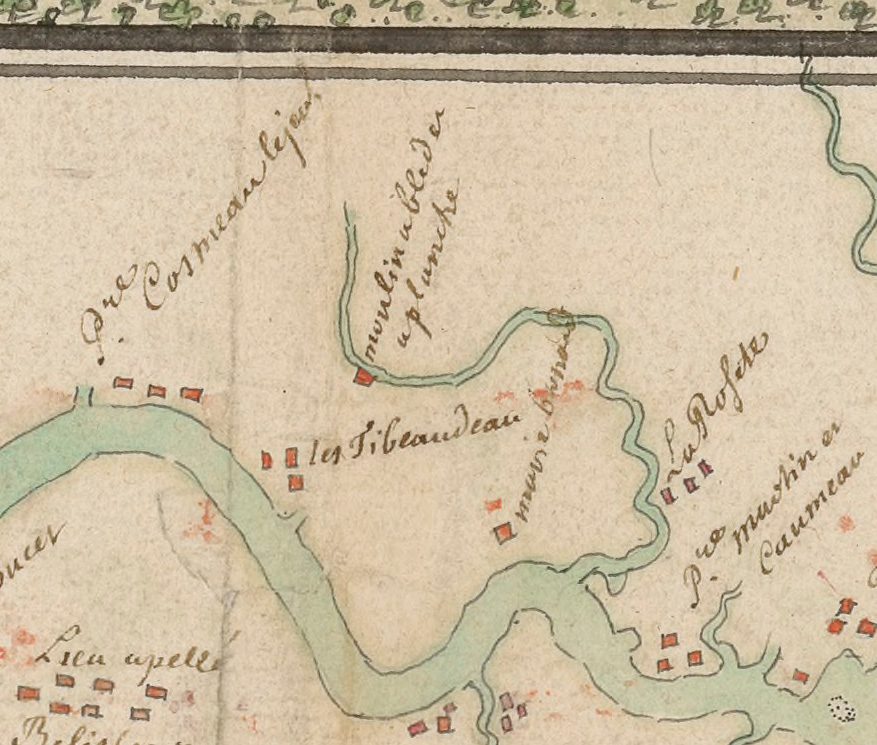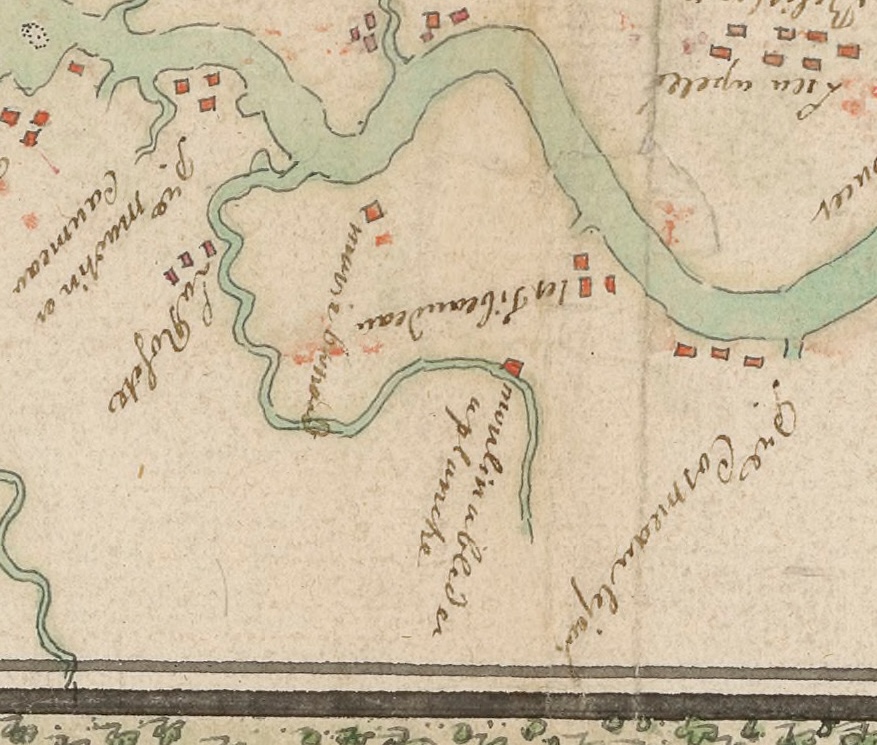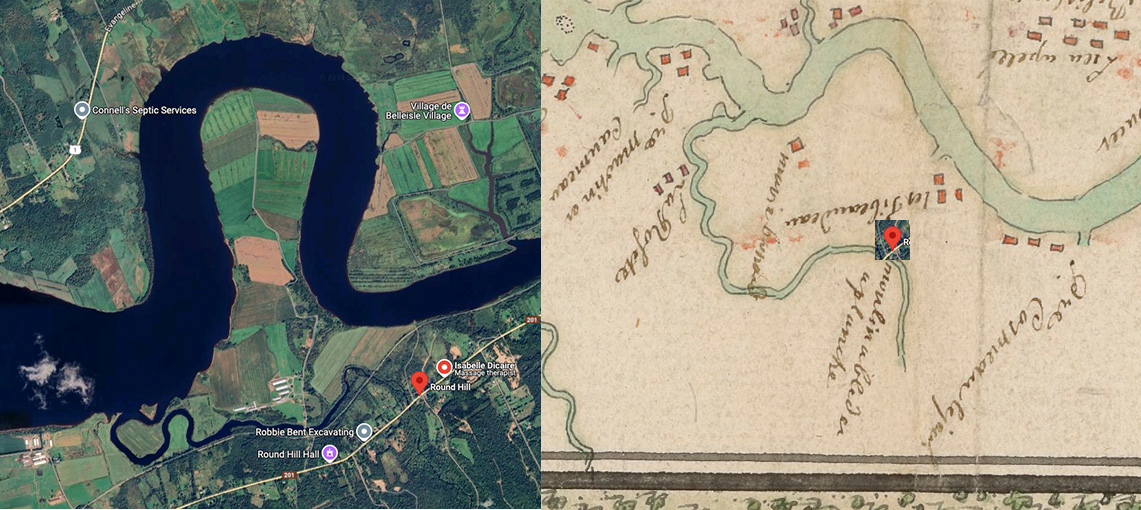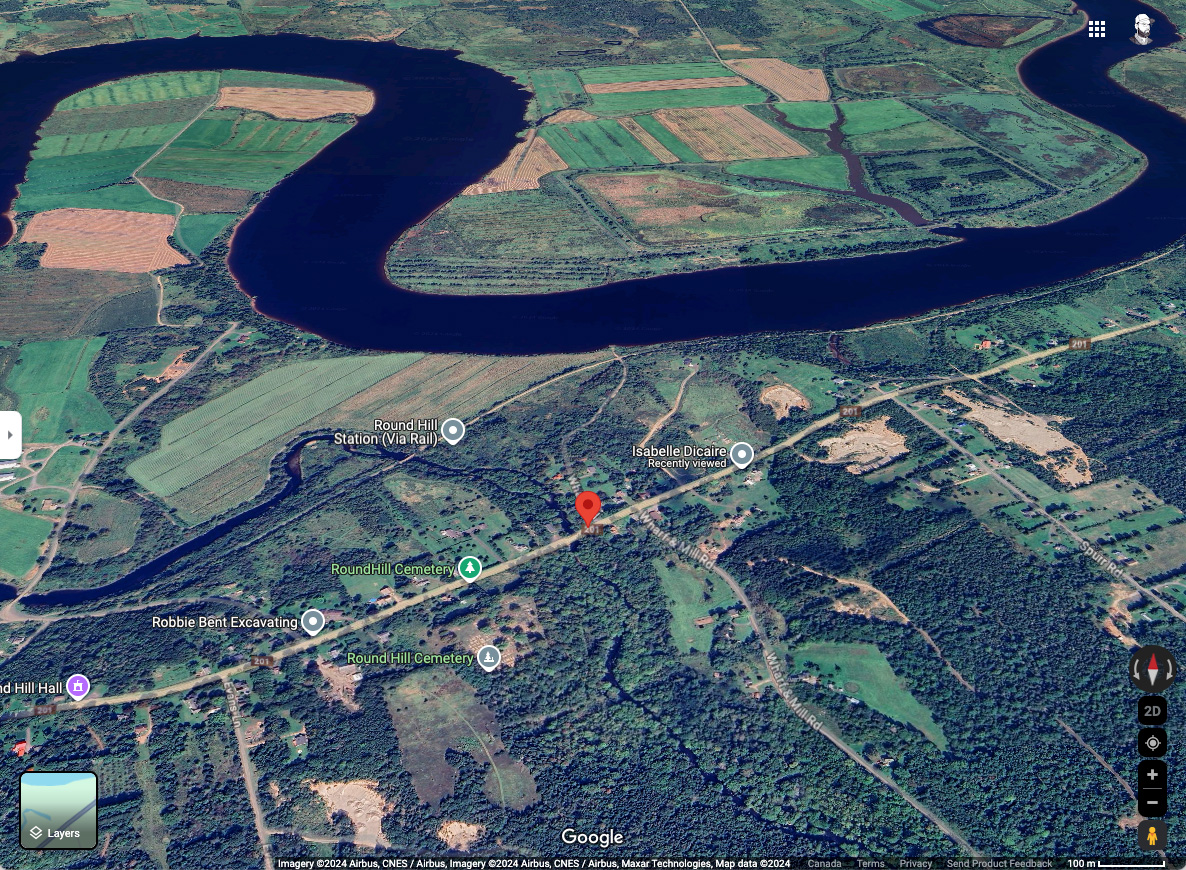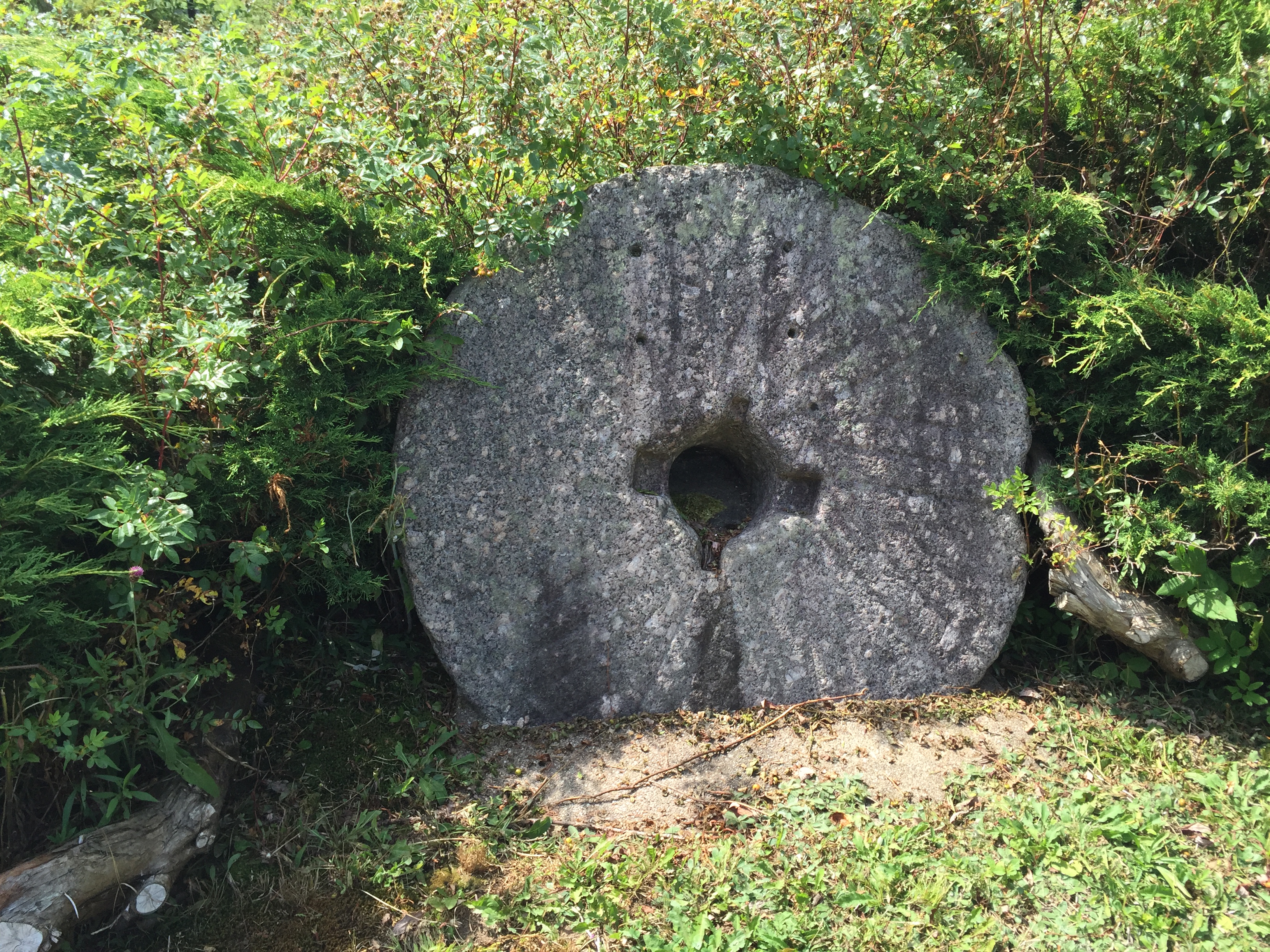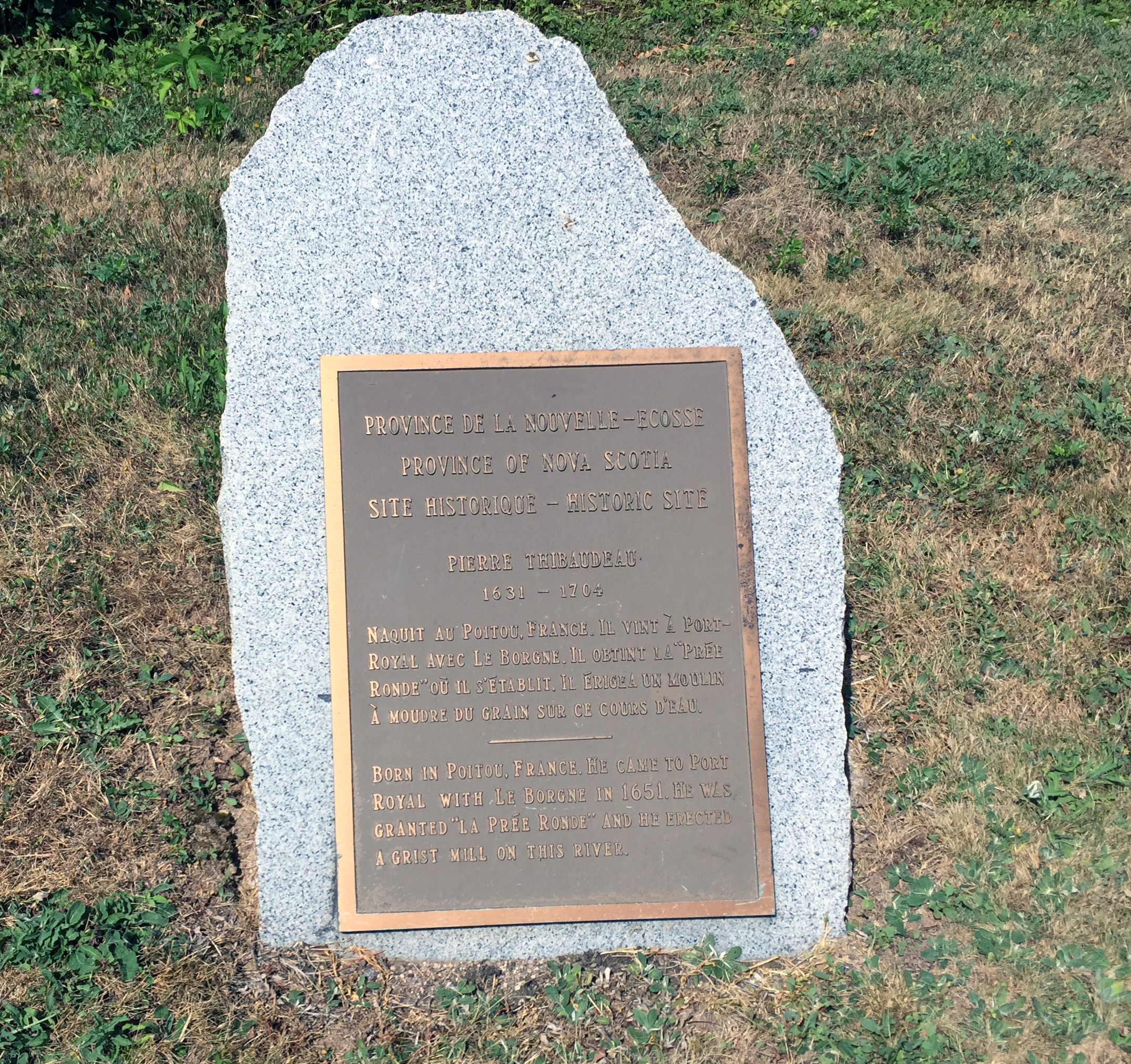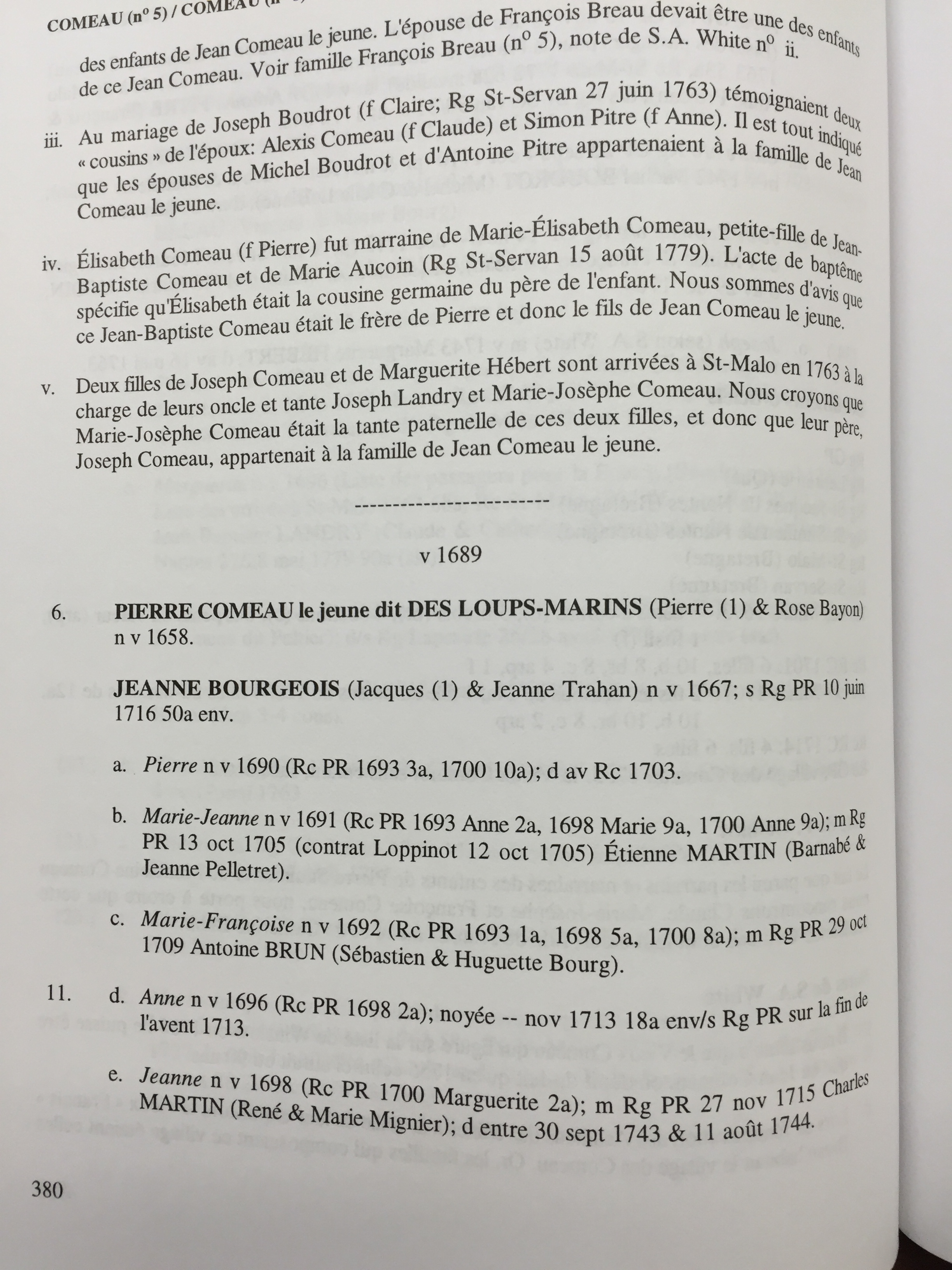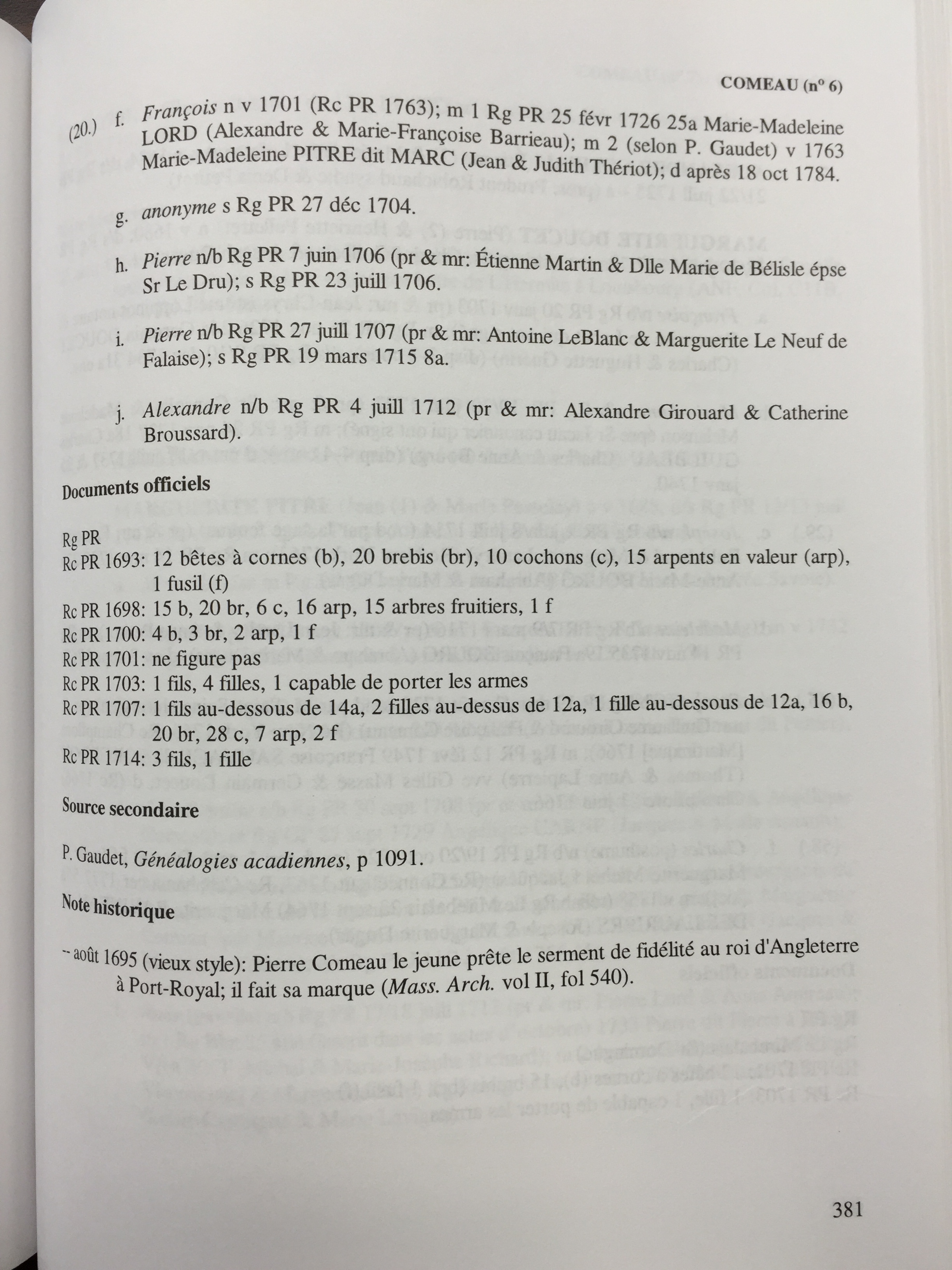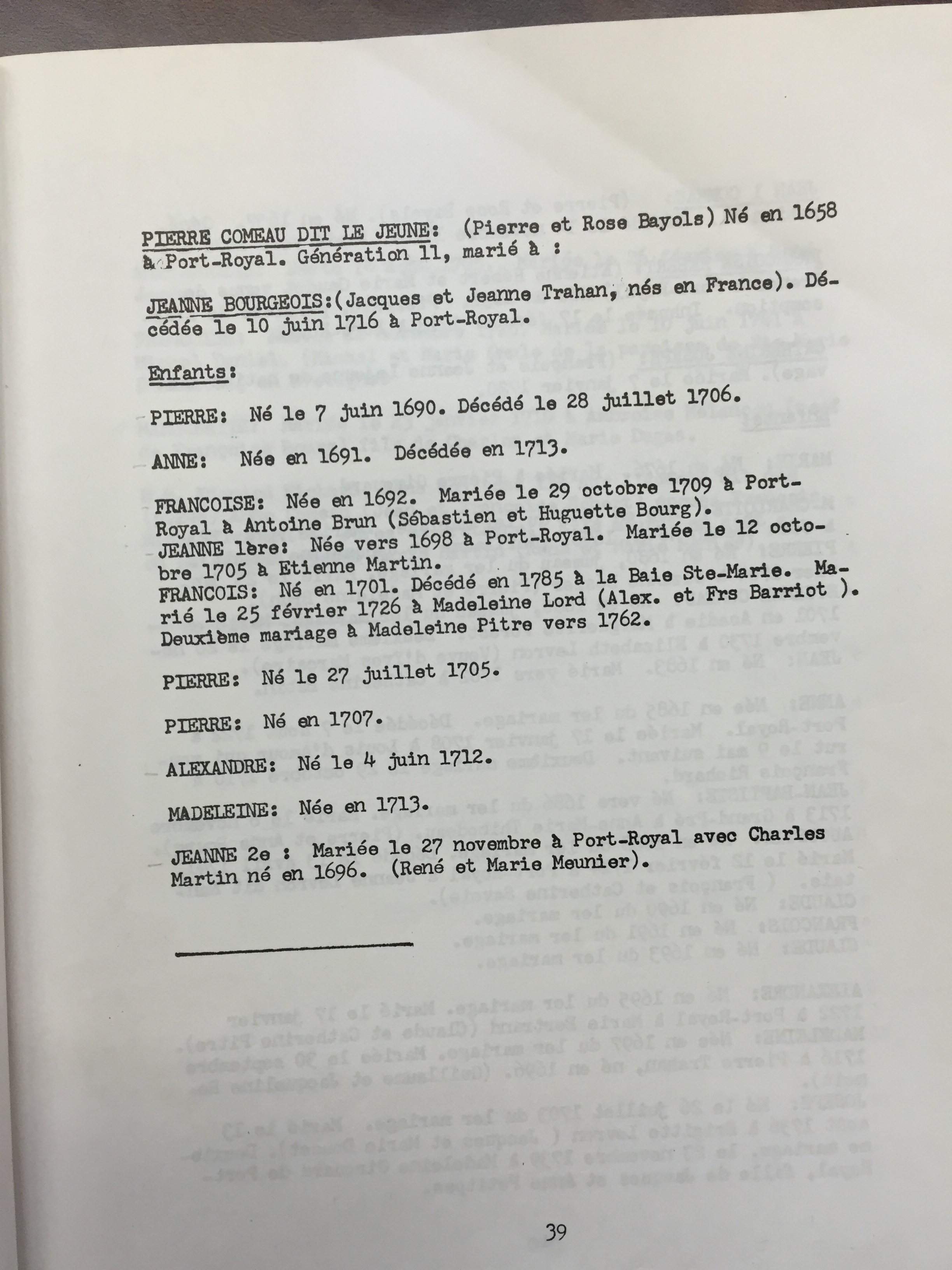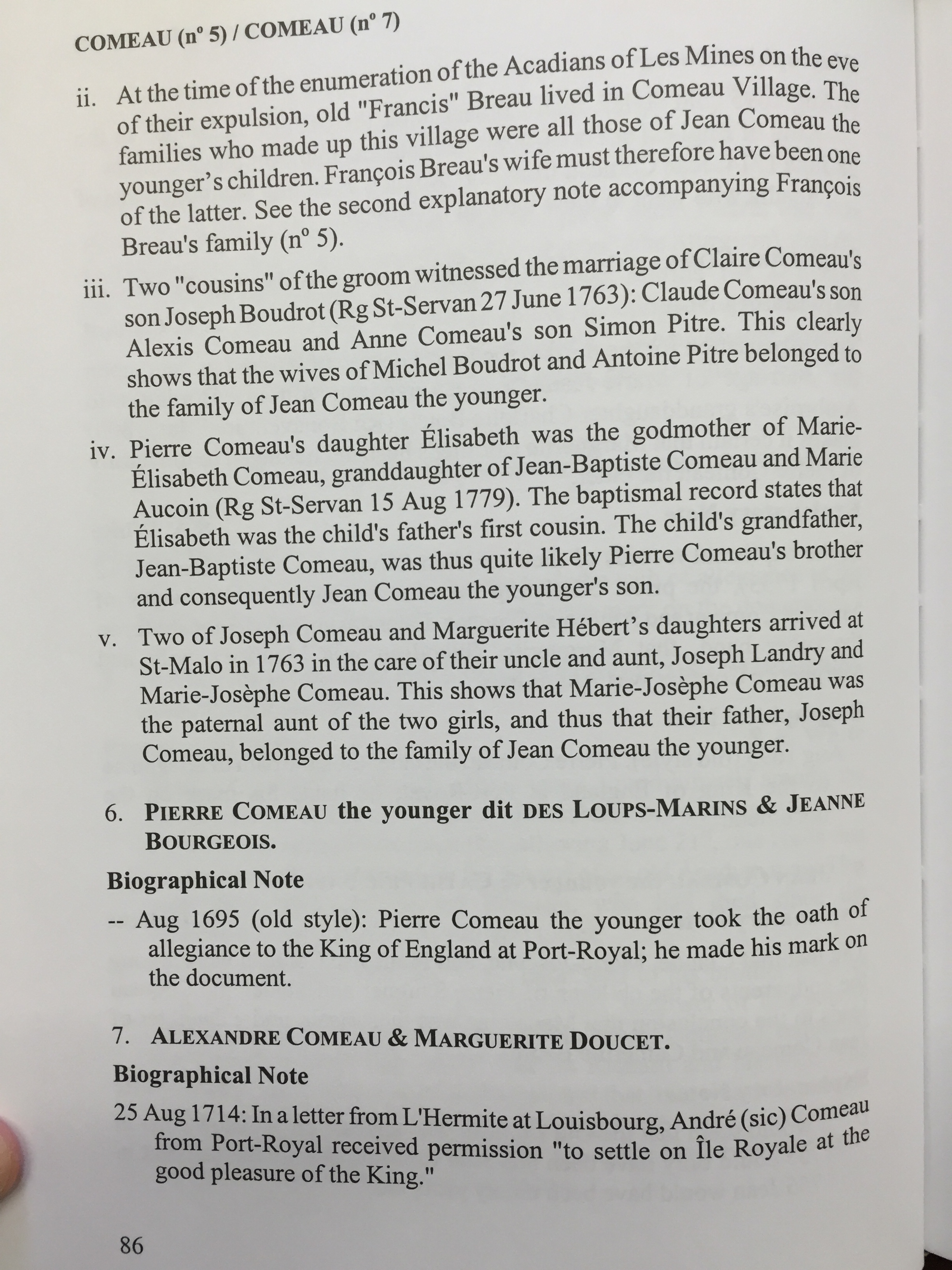We find in Stephen A White's entries for Pierre Des Loups Marin & Pierre Esturgeon these notes:
- août 1695 (vieux style): Pierre Comeau le jeune prêt le serment de fidélité au roi d'Angleterre
à Port-Royal; it fait sa marque (Mass. Arch. vol II, fol 540).
- Aug 1695 (old style): Pierre Comeau the younger took the oath of allegiance to the King of
England at Port-Royal; he made his mark on the document
- août 1695 (vieux style): Pierre Comeau l'aîné pret le serment de fidélité au roi d'Angleterre à
Port-Royal; it fait sa marque (Mass. Arch. vol II, fol 540).
- Aug 1695 (old style): Pierre Comeau the elder took the oath of allegiance to the King of
England at Port-Royal; he made his mark on the document
Archived in Boston, the document bears the date of August 1695. This document, referenced elsewhere
online, shows that some interpret the flourish above the abbreviated "Aug" to read 16, thus August 16
1695; "A list of French at Port Royal to whom Captain Fleetwood
Emes Comander of the Sorlings Frigatt gave the Oath of Allegiance". It is
archived in a collection of colonial documents from 1695 which also contain a letter from Charles Melanson, dated
August 25th 1695, that also mentions Captain Emes:
"Sir, if Captain Emes should come to Port Royal this fall, I humbly beseech your honor to
inpower him with a commission to do justice here. For there bee some people that hath been wronged about
there land I hope that Captain Emes will right them that hath been wronged for I cannot doe nothing
myself having no commission nor orders to shor for Monsieur DeBruil hath gott the Commission & orders
from me that Sir William Phipps sent last year having no more at present". (Transcription also on Facebook)
This letter followed one apparently
dated August 3rd where Melanson
reported "that his Majesty['s] two ships are both here at Port Royal." Thus it is evident that two English
ships, one of which was the frigate
Sorlings, were moored in the area that August, and during that
time, Captain Emes administered another Oath of Allegiance following those applied in 1690.
The Oaths of 1690
In May 1690, Sir William Phipps
sailed from Boston on a mission to subjugate the inhabitants of Port Royal. This was documented in a
journal1 but also by testimony by Mathieu De
Goutin2 (against whom the complaint was made in the 1704 letter below). According to
the French version of the events, the citizens were summoned to the church where they were told to swear
allegiance or see their homes burned:
|
Les douze jours que les Ennemis ont esté au Port Royal furent employez a fair venir les
habitants des mines [Minas], a faire assembler tous les habitans du Port Royal, et leur ayant
assigné un jour ils firent mettre toutes leurs troupes sous les armes et environnerent l'Eglise,
et ayant pris tous les noms des habitans, ils dirent qu'il falloit qu'ils prétassent serment de
fidelité au Prince d'Orange, et a Marie d'Angleterre, comme roi et reine d'Angleterre, sinon et
a fautes de ce quils seroient tous faits prisonniers de guerre et qu'on bruleroit les
maison.3 |
The twelve days that the Enemy stayed in Port Royal were spent to bring the inhabitant of the
mines [Minas], to gather all the inhabitants of Port Royal, and in a certain day they gathered
their troupes under arms and surrounded the church, and took the names of the habitants, and
told them they were to take an oath of fidelity to Prince Orange and Marie of England, as king
and queen of England, if not they'd be prisoners of war and their houses would be burnt.
|
During the tumultuous month while Phipps was in Port Royal, the area was effectively conquered by New
England. From this point forward, trade with Boston increased and Acadia would become integrated into
the New England economy. This would culminate sixty-five years later in The Deportation, when once
again, Acadian men would be gathered into a church to be read a statement by English authorities.
August 1695
On the Massachusetts Archives document there are two signature-marks for two Pierre Comeaus. The settler
Pierre Comeau (born circa 1597) was not listed in the census of 1693 so is presumed to have died by this
time. The two Pierres are thus Pierre Le Jeune 'dit Loup Marins and Pierre l'Aîné 'dit L'Esturgeon (b.
1653). The oaths also contains the signatures of eldest brother Etienne (b. 1650) and brother Jean (b.
1657).
In his work on the origin on the Comeau name, Jacques A. Comeau wrote about the 1695
oath document, but attributed it to 1690, a mistake that I made myself in researching this, because the
1690 oaths are better documented.
In 1690 on an Oath of Allegiance signed in Port Royal most of the habitants used a cross as
mark. Pierre COMMEAU, one of old Pierre’s son wrote “co”. It looks like the mark of an artisan. Could
this be Pierre trade mark? Or could it be Pierre himself? He was gone in 1693, but was possibly alive in
1690.
On this document we see four COMEAU, two Pierre, Jean and Etienne. Pierre with the “co” is the first on
the right column followed by Emmanuel HEBERT, then comes Jean, my ancestor. The younger Jean is absent,
he was living in Riviere aux Canards. Next is Etienne. The other Pierre is seen in the central column, a
simple cross. Antoine, decease or gone does not figure on this document. In 1690 there was only 2 adults
Pierre COMEAU in Port Royal beside old Pierre, Pierre dit l’Esturgeon and Pierre dit Loup-Marin, both
son of Pierre. Most could not sign, they use a cross for the most and in some case an initial. They are
mostly from the first generation of Acadian.
As described above, in the central column, one Pierre marked a cross, and in the third column the other
Pierre marked what looks like a craftsman's mark. However, it is noted by John M Faragher in A Great
and Noble Scheme that Acadians adopted the ideograms of indigenous Mi'kmaq, so this could also
be an example of such an ideogram, as can be seen drawn by other signatories:
Inhabitants commonly communicated with their Míkmaw cousins in a composite trade-jargon and some
men who could not sign their names used native-style ideograms as personal marks on
documents.4
Since the 1704 letter below by a Pierre Comeau is also marked with a cross, it follows that the mid-column
Pierre is the same.
This site showing scans of the Oath identifies central-column Pierre as Le Jeune /
Loups Marins.
Relevant Links for The Oath
Sir William Phipps (1650-1694)
Fleetwood
Emes
HMS Sorlings Wikipedia • ThreeDecks.org
Letters of Charles Melanson
1695-08-03 (source) & 1695-08-25 (source)
Scans of photocopies of the Oath from 2008
Scan on Oath FamilySearch.org (verso dated August 1695)
High Resolution of Oath image below
(4.5 MB)
Reverse of Oath image below with
August 1695 date (4.2 MB)
1,2. Report of
the work of the Archives Branch for the year 1912 (Alt link) • Doughty,
1913 (p.54‑63; 67‑73)
3. Testimony of De Goutin, Ibid, p.69-70
4. A Great and Noble Scheme, John Mack Faragher; p.79
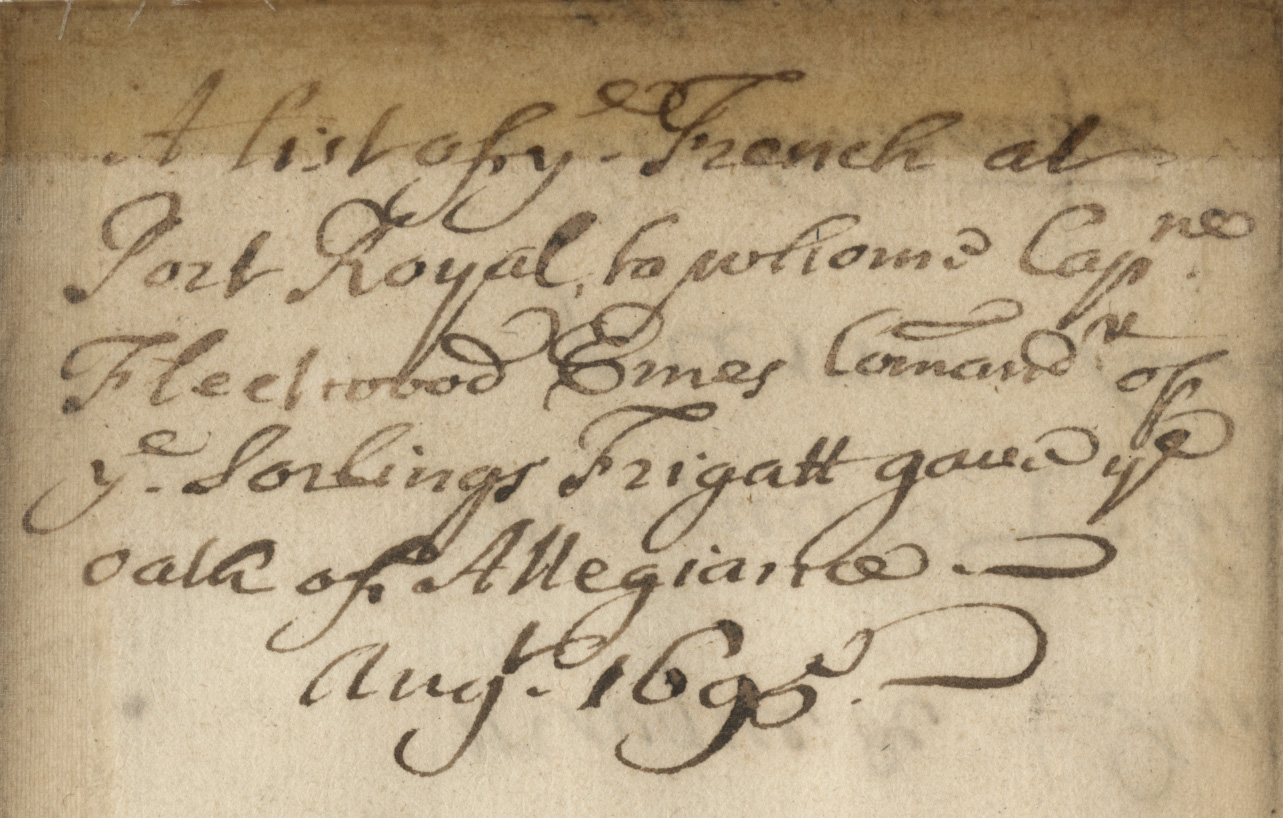
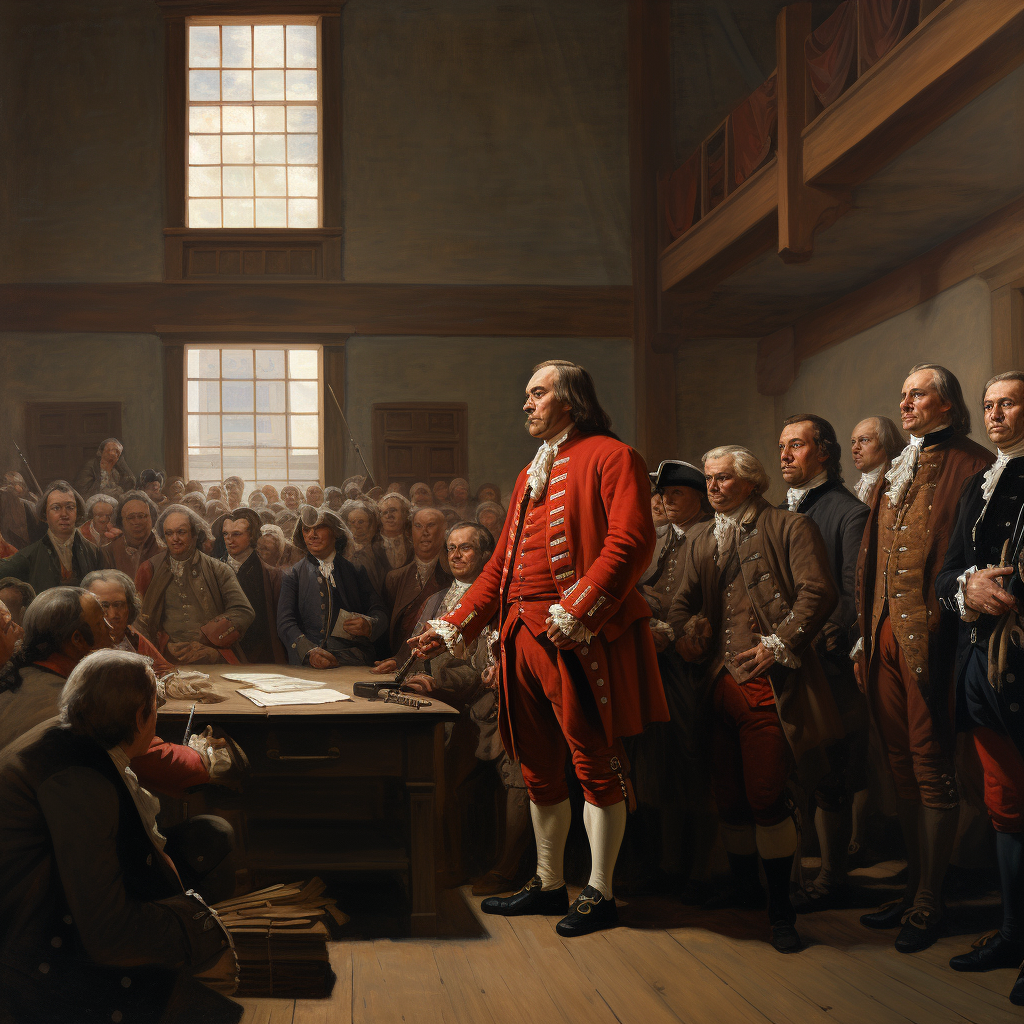
Generated with MidJourney in September 2023, depicting the
Oath of Allegiance to be signed by 61 men
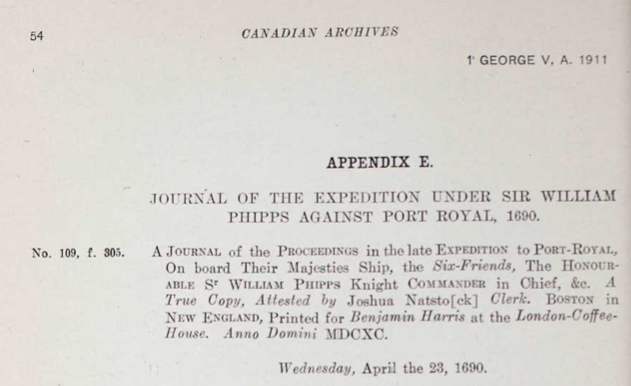
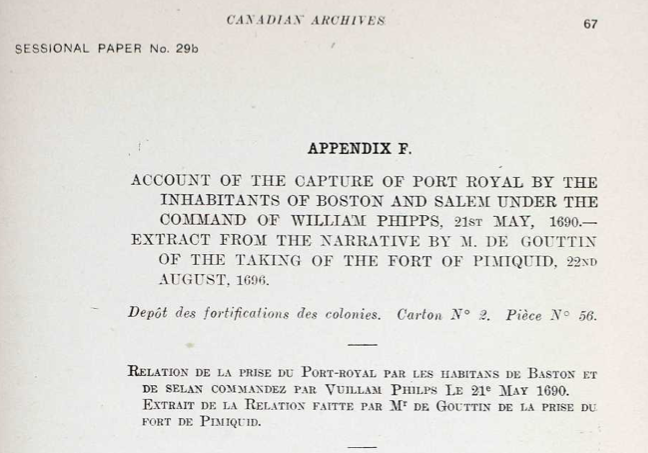
![Les douze jours que les Ennemis ont esté au Port Royal furent employez a fair venir les habitants des mines [Minas], a faire assembler tous les habitans du Port Royal, et leur ayant assigné un jour ils firent mettre toutes leurs troupes sous les armes et environnerent l'Eglise, et ayant pris tous les noms des habitans, ils dirent qu'il falloit qu'ils](img/1658_Pierre_DeGoutin_1.png)

Report of the work of the Archives Branch for the year 1912
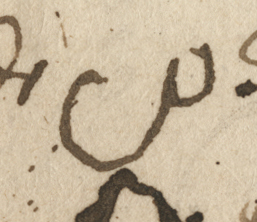
Mark of a Pierre Comeau





![Les douze jours que les Ennemis ont esté au Port Royal furent employez a fair venir les habitants des mines [Minas], a faire assembler tous les habitans du Port Royal, et leur ayant assigné un jour ils firent mettre toutes leurs troupes sous les armes et environnerent l'Eglise, et ayant pris tous les noms des habitans, ils dirent qu'il falloit qu'ils](img/1658_Pierre_DeGoutin_1.png)


